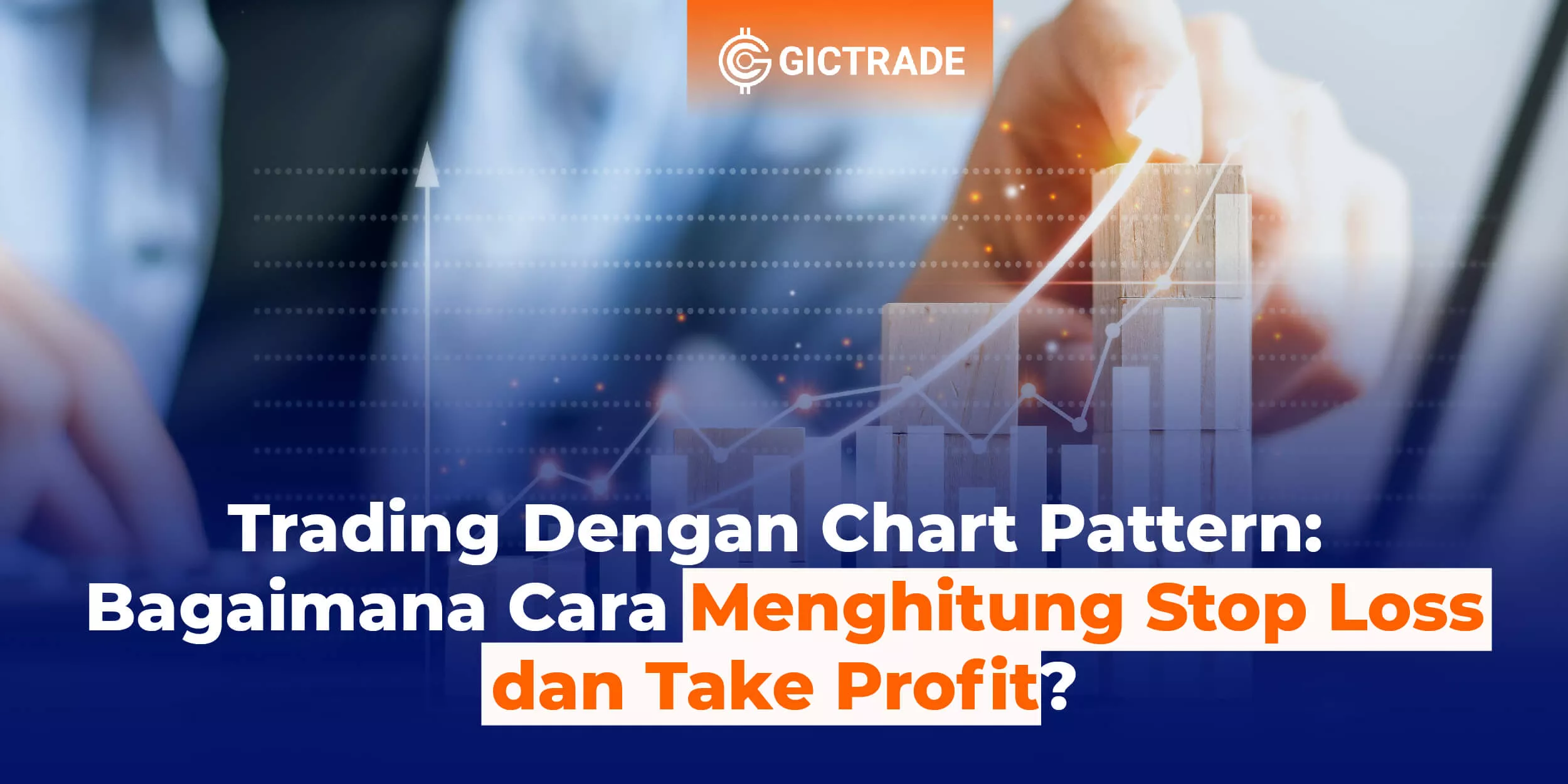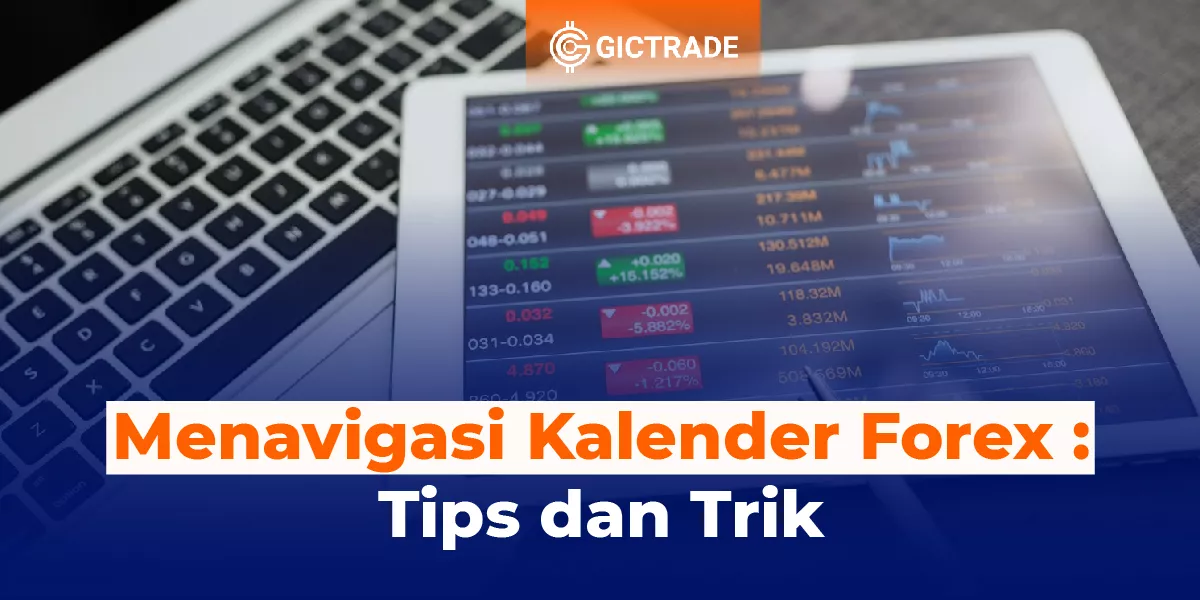How to Calculate Stop Loss and Take Profit - Welcome to the complete guide on how to calculate stop loss and take profit. For traders, determining stop loss and take profit levels is an important step in managing risk and maximizing profits in trading stocks, forex, or other financial instruments.
In this article, we will explain in detail how to calculate stop loss and take profit and provide useful tips and strategies for you. Let's get started!
Table of Contents
Why Are Stop Loss and Take Profit Important?
Before we learn how to calculate stop loss and take profit, it's important to understand why these two things are so important in trading. A stop loss is a price level where you automatically exit a trade if the price moves against you, while a take profit is a price level where you take profit by closing the trade.
By using the right stop loss and take profit, you can control your risk and ensure that your losses do not exceed your acceptable limits, as well as secure profits when the price reaches the desired target.
Steps to Calculate Stop Loss and Take Profit
.webp)
1. Determine the Risk Percentage
The first step in calculating stop loss and take profit is to determine the percentage of risk you can accept in each trade. As a wise trader, you need to have clear risk limits to safeguard your capital. For example, you might decide to risk 2% of your capital in each trade.
2. Identification of Entry Points
After determining the risk percentage, the next step is to identify the trade entry point. The entry point is the price level at which you enter the trade. You can use technical analysis, price patterns, or indicators to identify potential entry points.
3. Calculate Stop Loss Distance
After determining the entry point, the next step is to calculate the stop loss distance. The stop loss distance is the difference between the entry price and the stop loss level you specify. To calculate the stop loss distance, you need to consider the market volatility and your risk tolerance.
The stop loss distance can be calculated using the Average True Range (ATR) method. The ATR is a useful indicator for measuring market volatility. Using ATR, you can get an idea of how much price fluctuations typically occur over a period of time.
To calculate the stop loss distance using ATR, follow these steps:
- Gain the current ATR value: Use the ATR indicator on your trading platform to get the current ATR value. The ATR value will be displayed in the form of currency values or pips, depending on the instrument you are trading.
- Determine the risk factors: After obtaining the ATR value, determine the risk factors you want to apply to your trades. This risk factor is usually expressed as a percentage of the ATR value. For example, if you decide to risk 1% of the ATR value, then your risk factor is 0.01.
- Calculate the stop loss distance: Multiply the ATR value by the risk factor you specified to get the stop loss distance in the form of currency values or pips. For example, if the current ATR value is 50 pips and you use a risk factor of 0.01, then the resulting stop loss distance is 0.5 pips.
Once you have calculated the stop loss distance, the next step is to determine the stop loss level based on the calculated distance. The stop loss level should be placed in such a way that if the price reaches that level, your trade will be closed automatically. It is important to note that the specified stop loss level should be in accordance with your risk tolerance and take into account possible price fluctuations.
In determining the stop loss level, you can also use technical analysis and price patterns to identify significant levels as stop loss levels. For example, you can place a stop loss below the nearest support level or above the nearest resistance level. Thus, if the price moves against you and reaches the stop loss level, your trade will be closed automatically to protect your capital.
Calculating the stop loss distance using the ATR method is one of the commonly used approaches in managing risk in trading. However, it is important to remember that each trader may have a different approach according to their trading strategy and style. Experiment and experiment with different methods to determine the approach that works best for you.
Note that a stop loss is only a tool for managing risk and is not a guarantee that you will not incur losses. Market price fluctuations and unpredictable market conditions can cause the price to cross your stop loss level. Therefore, always pay attention to the risk factors and manage your trades wisely.
By carefully calculating the stop loss distance and placing the right stop loss level, you can increase your chances of success in trading and protect your capital from unwanted losses.
4. Determine the Stop Loss Level
After calculating the stop loss distance, you can determine the stop loss level. The stop loss level should be placed in such a way that if the price reaches that level, your trade will be closed automatically. This will help protect your capital from unacceptable losses. Make sure your stop loss level takes into account the stop loss distance you have calculated beforehand.
5. Calculate Take Profit Distance
In addition to the stop loss, you also need to calculate the take profit distance. The take profit distance is the difference between the entry price and the take profit level you specify. As in the stop loss calculation, you can also use the ATR method to measure the take profit distance.
6. Determine the Take Profit Level
Finally, determine the take profit level based on the take profit distance that you have calculated beforehand. The take profit level should be placed in such a way that if the price reaches that level, your trade will be closed automatically and you will take profit. Make sure your take profit level is realistic and reflects the potential profits you can achieve.
Strategies and Tips for Calculating Stop Loss and Take Profit
- Use a balanced risk-reward ratio: Make sure your risk-reward ratio is balanced. This means that the potential expected profits should be greater than the risk you take in each trade.
- Follow a predetermined trading plan: It is important to have a clear trading plan and follow it with discipline. Don't be tempted to change the stop loss and take profit levels while the trade is ongoing, unless there is a clear and rational reason.
- Good risk management: Always consider the risk factors in your trading. Never risk more than you can afford to lose. Use stop losses wisely to protect your capital.
- Pay attention to fundamental factors: In addition to technical analysis, also pay attention to fundamental factors that can affect the price of the asset you are trading. Economic news, financial reports, and global events can have a significant impact on the market.
- Keep learning and growing: The world of commerce is constantly changing. Keep learning and improving your knowledge of the trading strategies and tools available.
FAQ (Frequently Asked Questions)
1. What are stop loss and take profit?
A stop loss is a price level at which you exit a trade automatically if the price moves against you. Take profit is the price level at which you take profit by closing the trade.
2. Why are stop losses and take profits important in trading?
Stop loss dan take profit penting dalam perdagangan untuk mengontrol risiko dan memastikan bahwa kerugian tidak melebihi batas yang dapat Anda terima, serta mengamankan keuntungan saat harga mencapai target yang diinginkan.
3. How do I determine the stop loss and take profit levels?
Stop loss and take profit levels can be determined by calculating the stop loss and take profit distances based on market volatility and your risk tolerance.
4. What are the tips for calculating stop loss and take profit?
Some tips for calculating stop loss and take profit are using a balanced risk-reward ratio, following a predetermined trading plan, doing good risk management, paying attention to fundamental factors, and continuing to learn and grow as a trader.
5. What percentage of risk should I take on each trade?
The percentage of risk you should take in each trade may vary depending on your personal risk preferences and tolerance. As a general guide, many traders risk between 1% to 3% of the capital in each trade.
Looking for a full-featured trading platform to maximize profits? GICTrade The Right Solution!
Not familiar with GIC? Let's get acquainted. Unlike other conventional brokerage firms, GIC through the GICTrade platform provides a solution for traders who do not want to be charged with high trading fees. GICTrade is a peer-to-peer trading platform that brings together traders and market makers.
So, what is special about GICTrade? As a platform that brings together traders and market makers, you as a potential customer can certainly choose between the two, namely becoming a trader or a market maker.
GICTrade's role as a transaction venue provider can minimize costs and help maximize profits for traders and market makers as well as create a fair transaction atmosphere and results.
Traders will benefit from the absence of commission fees and low swap fees and spreads due to the presence of market makers as liquidity providers. You can also join the trader community on GICtrade's Telegram to ask fellow traders directly about their trading experience.
Also follow GIC's Instagram to get webinar information and various attractive prizes. In addition, on YouTube GIC, traders can also learn to trade for free! What are you waiting for? Get more features that fully support you to start investing and trading forex through GIC. Make transactions simpler, safer, and more profitable.
| Also Read : 10 Most Popular Chart Patterns and How to Use Them |
Conclusion
In trading, the proper use of stop loss and take profit is essential to manage risk and maximize profits. In this article, we have discussed how to calculate stop loss and take profit by paying attention to the risk percentage, entry point, stop loss and take profit distance, and determining stop loss and take profit levels. We also provide some strategies and tips that can help you in the use of stop loss and take profit. Always remember that trading involves risk, and it is important to always conduct wise risk analysis and management. Happy trading!
 Last:
Last: 






